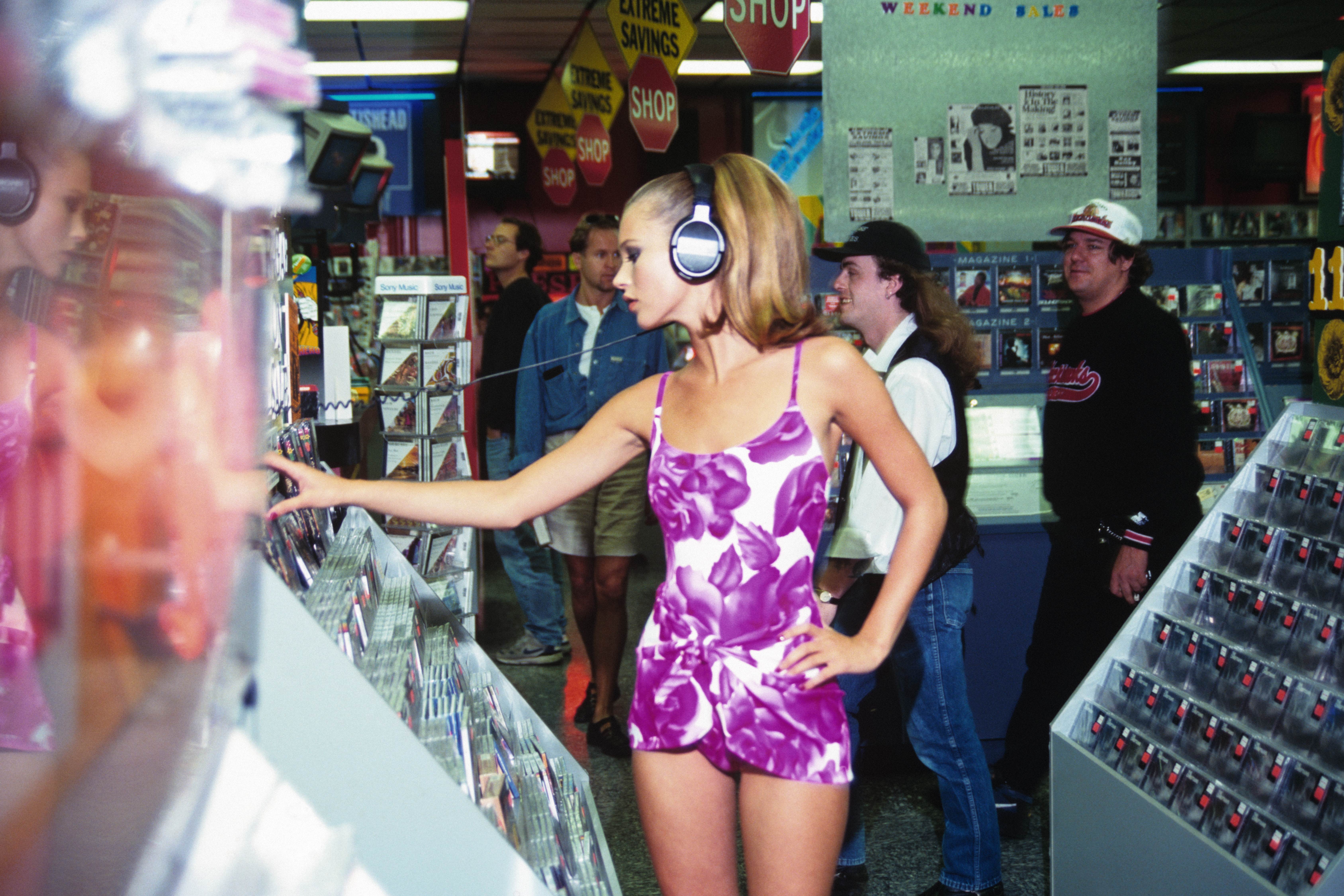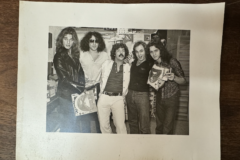Considering the hyperactive mind of the modern music listener, the 50 million songs in Spotify’s catalog and Amazon’s universe of subpar listening devices, can anyone tell which music medium sounds best anymore? What does “sounds best” even mean? While we’re at it, what the hell is sound?
Glad you asked because there’s a whole lotta science in sound quality that may go in one ear and out the other, so to speak.
Sound, as studious readers may know, is a vibration of the air particles around us, an energy which travels in waves that cause our eardrums to vibrate and us to experience noise, some of which we call music. Tape recorders preserve sound waves physically, using components that realign magnetic particles on tape to represent the wave’s loudness and rate of frequency vibration. Digital recording captures sound by morphing its waves into binary code using digital nanophysics, a subject in no way fun enough to warrant an explanation. This means all the records, CDs, MP3s and tapes, even any 8-tracks, we listen to contain little more than fossilized patterns of vibrating air, to be resurrected every time we hit play. Every mammoth 808, every slick synth and searing guitar — all they are is gusts in the wind.
Though most humans can perceive these breezes, some enlightened beings possess critical listening skills of a near-holy echelon. Such gurus include Tony Bongiovi and Joe “The Butcher” Nicolo, who in production, mixing and engineering capacities, have shared creative auras with a significant number of the artists you’ve ever danced, cried, got high, had sex or made love to. (As in those you’ve made love to while listening to certain artists’ music, not necessarily the artists themselves. But then again, someone’s been makin’ that sweet love to them…)
Tony and Joe have helped father and raise entire genres, and collectively, have earned enough gold and platinum plaques to blind the sun. These two sound masters help us answer the age-old question of which listening medium provides the best sound quality.
VINYL
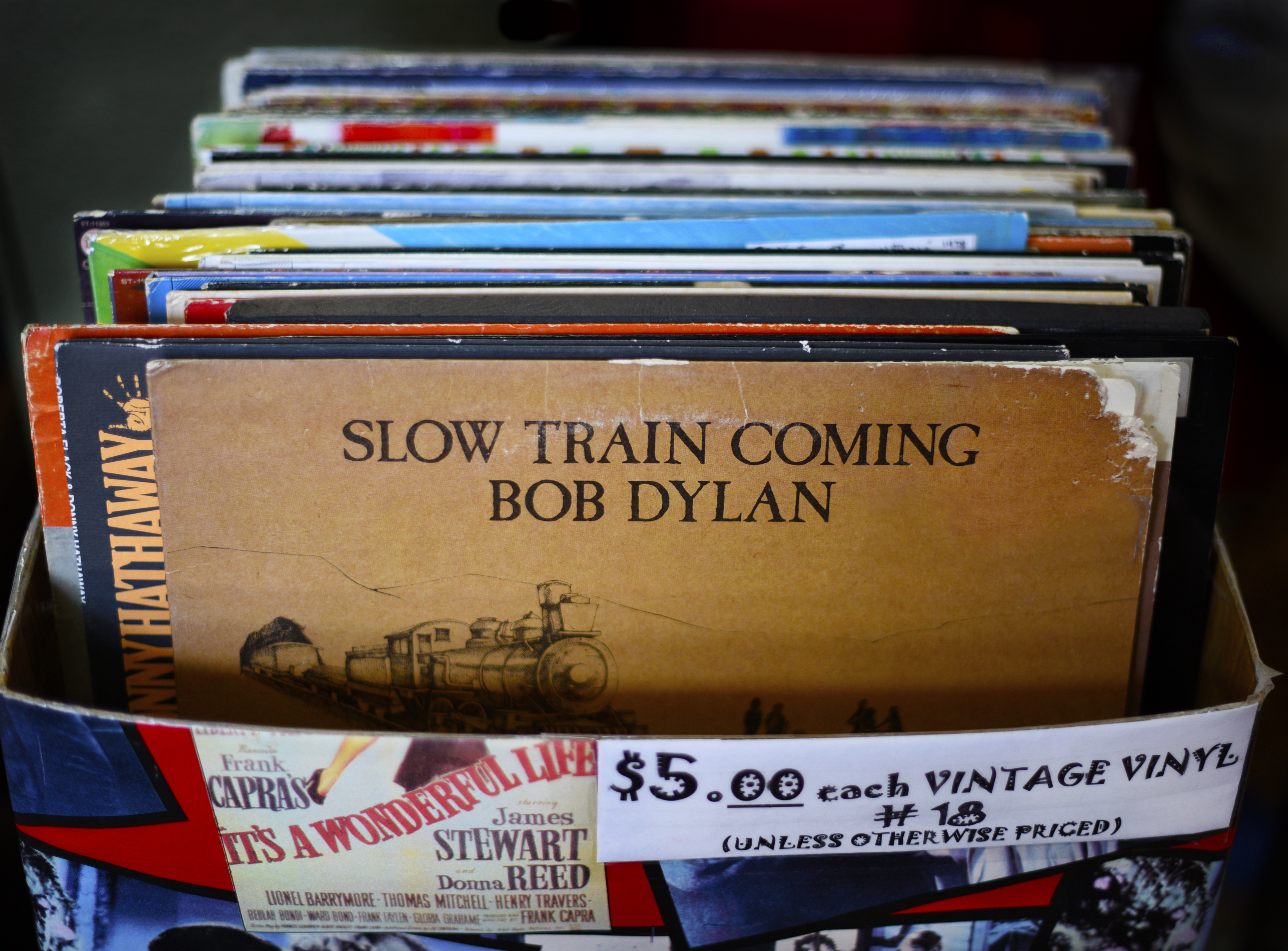
As a boy-wonder tinkering with audio gear in rural New Jersey, now 73-year-old Tony Bongiovi cracked the code of Motown’s trade secret reverb technique, and naturally, phoned the label directly to tell them the jig was up. He soon found himself being flown to and from Detroit at the request of Berry Gordy, helping to mold the Motown sound while cranking out jukebox-buster 45s with Stevie Wonder, Diana Ross and the Supremes, and The Temptations — all this before his senior prom. Returning to New York with a hot hand in 1970, Bongiovi manned the boards for Hendrix, produced the Ramones and Aerosmith, taped Bruce, tamed Ozzy, did a solid for his cousin Jon Bongiovi’s band and eventually gave some kids called Talking Heads a spec deal. For a feather in the cap, Tony personally Michelangelo’d Manhattan’s prodigious Power Station, a chapel of a studio cherished by Bowie, Miles, McCartney and the Dead, among others.
Fifty-plus years in the business later, Bongiovi is intimately familiar with the art of records and can testify, for one, it’s not the quality of vinyl that makes the medium worth listening through. “At Motown, the 45s were probably 5% vinyl, the rest was made from melted Remco toys, anything really that they could melt down. And those were the 45s that went out over the air — they sounded much more dynamic than the album release versions.”
While today’s PVC-based records do lack the industrial-strength magic of liquefied army men, weightier formats like 180 to 220-gram records remain popular amongst purists — though Bongiovi confirms that quality of a record’s source recording remains the ultimate sound determinant. He also adds that vinyl radius can affect fidelity, as “seeing that 45s are faster spinning records, they do deliver better frequency response than LPs.”
Motown kept several other trademark sound tricks up their sleeve — neither of which Tony or I told you about, capeesh? “We’d cut our acetates [master copies] at half speed so the lathe could put more sound into them, then play them through once to rub some of the high frequencies off before they went to manufacturing.” The latter step reduces the wince of any shrill sounds, preventing strain on the ears and allowing the listener to further experience deep tones that thicken the recording’s presence. As for vinyl as an overall music medium, Bongiovi explains, “it isn’t necessarily better or worse, but it does provide a mechanical linkage to the actual sound, a direct transfer from cartridge to preamp to speakers,” a signal chain that digital can only simulate. The result is an actual physical listening experience, wholly organic and pleasantly imperfect at times, but always truer to the original studio sound.
TAPE
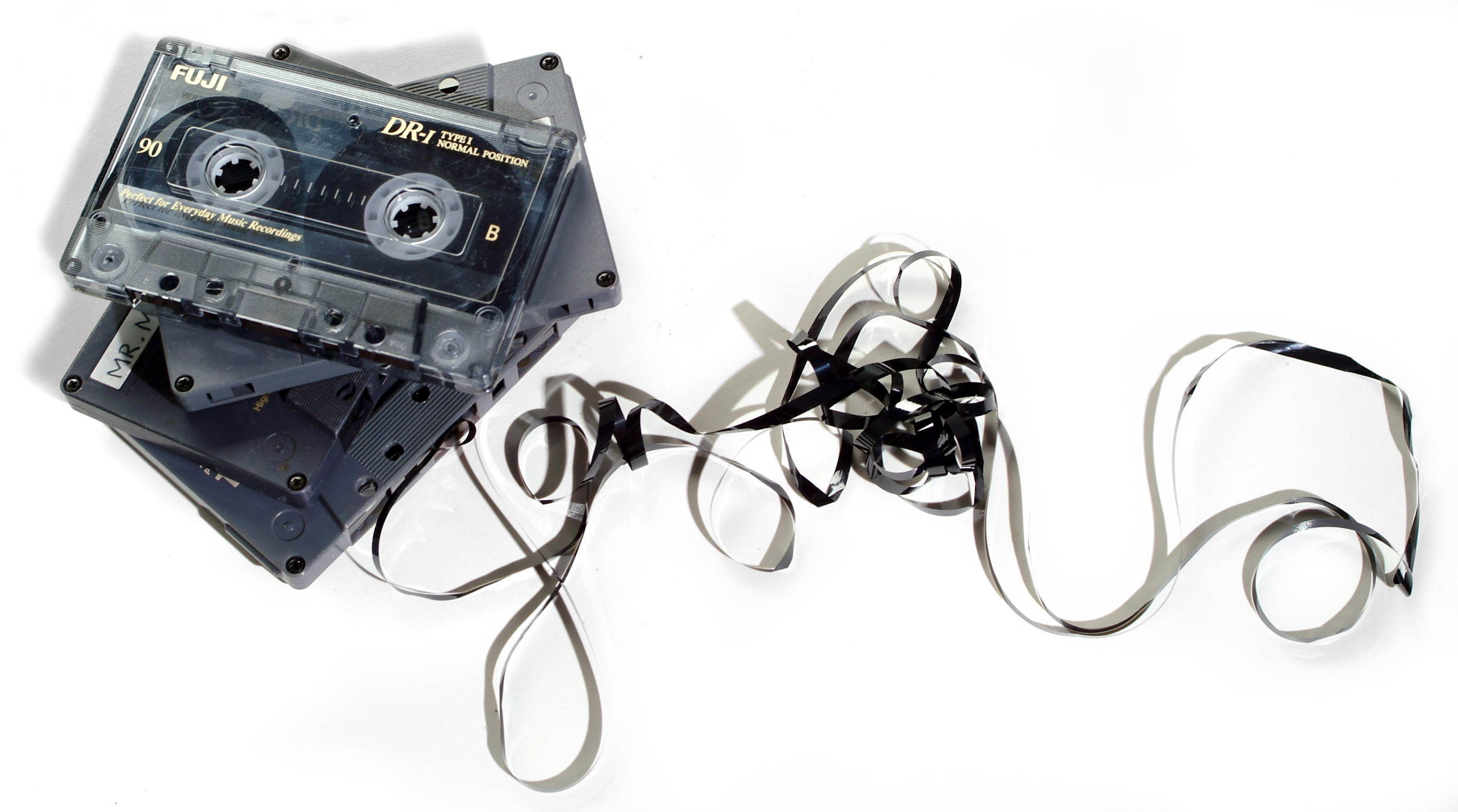
During the America of Tipper Gore directing suburban moms to confiscate their kids’ “parental advisory” tapes, Joe Nicolo and Chris Schwartz’s Ruffhouse Records was busy pioneering rap music as a global artistic and economic force. Currently the owner of nine Grammys, Nicolo helped forge the golden era hip-hop sound with classic Ruffhouse drops from the Fugees, Cypress Hill, Lauryn Hill, DMX and Nas. Nicolo’s home turf Studio 4 was a Philadelphia recording institution, where he also helped both Boyz II Men and Will Smith cut their earliest works. A true don of all genres, Nicolo’s non-MC discography includes work with Billy Joel, Bob Dylan, the Stones, Hall & Oates and The Police.
The Butcher knows tapes well, especially the street-trade ’90s mixtapes that helped cement the Ruffhouse legacy, and while he agrees the best fidelity argument for third-generation dubs of DJ Clue tapes is a tough one, Nicolo does mention that “to this day, the best sound I’ve ever found was from reel-to-reel album releases.” First produced by EMI Records in the early ’50s, album reels and their players “were available mostly at electronics stores and were the same format used in the actual studio, so you heard the exact mix they heard.” Average Joes eventually grew tired of having to thread tape reels every time a hankering for rock hit them, and by the dawn of the ’80s, major label reel-to-reels were phased out. Luckily, eBay never forgets.
And as for 8-tracks, if you’re into the sound of exposed tape joining forces with air, light and dirt to slowly consume itself, growing dustier and drier with each passing play, warping and wobbling its sounds until one summer afternoon it hiccups in the player, unspools and disintegrates like a tissue full of tears.…boy have we got a deal for you! On the flipside, deep lo-fi enthusiasts are known to appreciate the medium’s evolving audio deformities as an arty counterpoint to pixel-perfect digital music. Certain practical upsides for the rest of us do exist—an 8-track is a nice hand percussion tool, a great joint-rolling tray, and when shattered, a fine impromptu shank.
CD
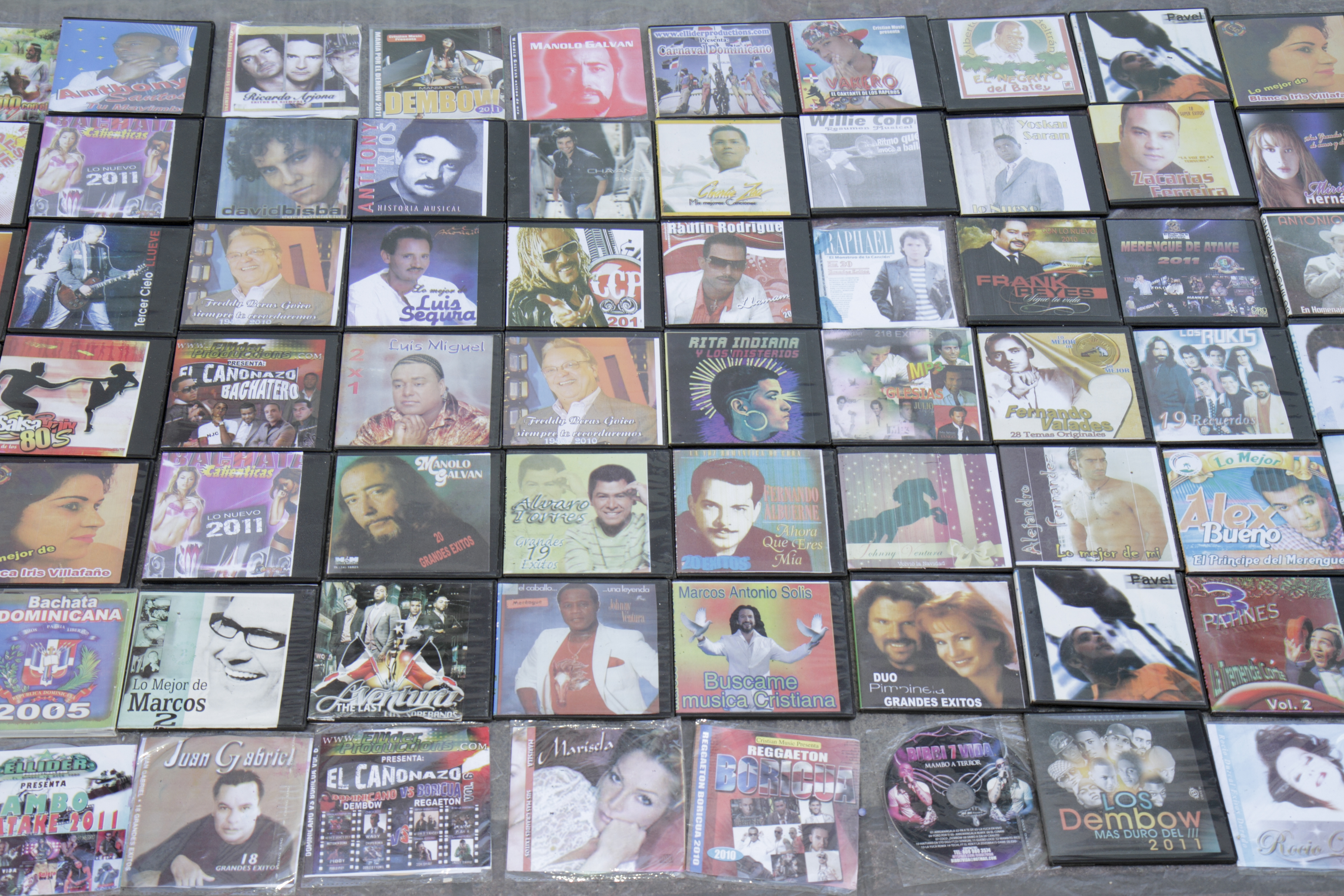
In 1982, compact discs arrived with a zap, billed as worlds more stable than vinyl with crystalline sonic clarity, the audio equivalent of putting prescription lenses on your favorite LP’s bloodshot eyes. To Bongiovi, releasing certain records on CD that were originally engineered to sound good on wax meant choosing purity over power. “We recorded the Ramones records with vinyl in mind. Those albums in digital weren’t as loud. As a producer I wanted more volume. The sound of new music began to change too, much more equalization went into recordings meant for CD.”
Digital more than figuratively reduced the action of music, by shifting the playback process from the physical into an invisible, binary realm—no needle, no grooves, just some data on a disc and a laser to read it. The result was a smoother but less experiential listen. “When an analog machine takes bumps on a record and converts them to sound, a physical change happens, something that affects listeners really at a molecular level.” says Nicolo. “CDs turned those bumps on a record into 1s and 0s, and while the detail was great, you lost the actual physical change that gave the recording a certain dimension a CD didn’t have.”
MP3 / STREAMING
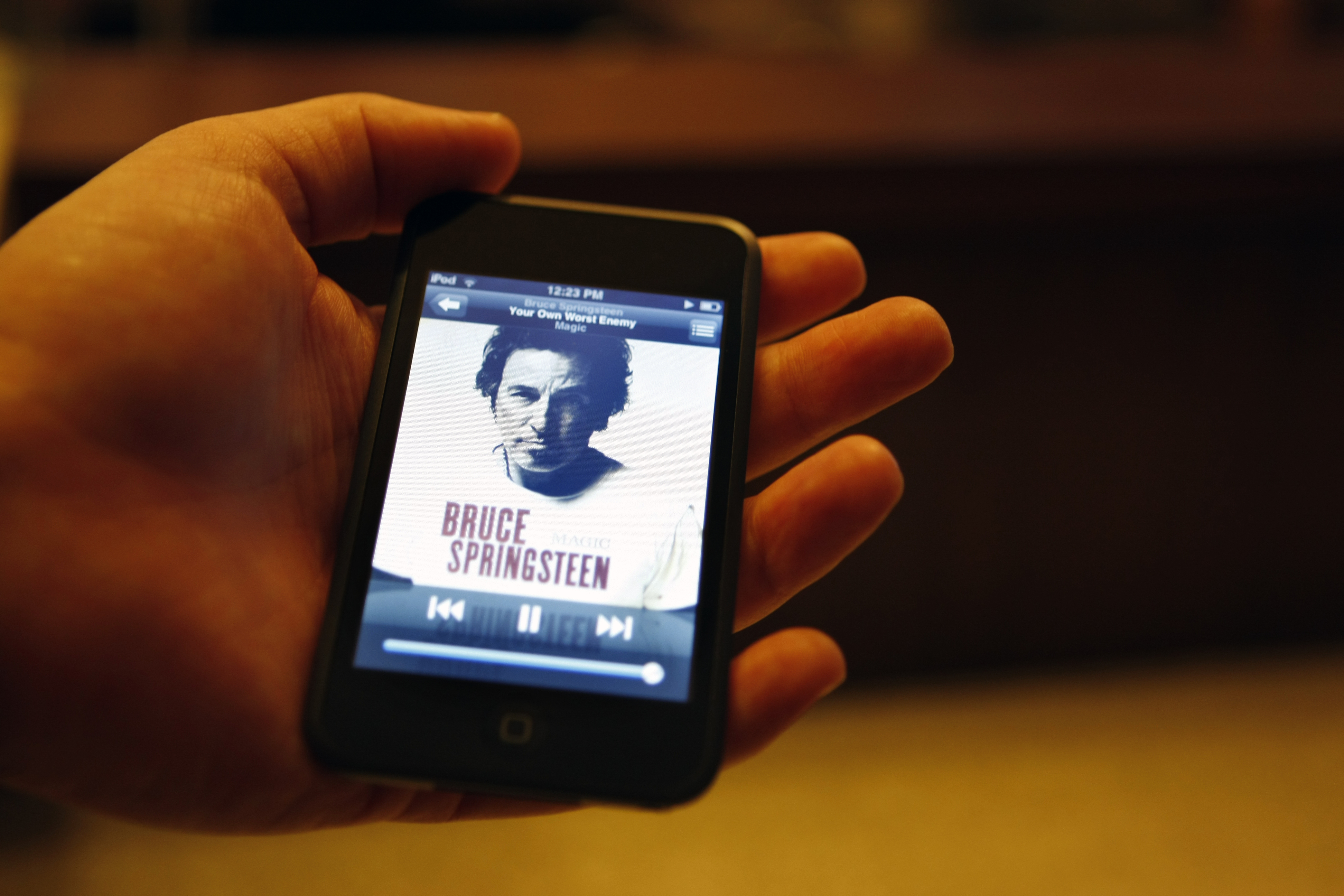
That crank at the record store was right: the music we stream today just isn’t what it used to be. The compression process that turns CD-quality audio into smaller MP3 files discards sound data, costing the music irretrievable bits of itself. This process may also embed “artifacts” into the audio, noise fragments which Nicolo likens to fake meats. “Heavily processed MP3s are like a crab cake,” he says. “During compression, filler is being produced which can make the general sound not very palatable.” Too many artifacts can cause a digital slurring noticeable to even the untrained ear as bit rates approach the low double digits. Spotify offers streaming options from 24 to 320 kbps (kilobits-per-second), the last of which could nearly pass for CD, and thankfully, their low-bit MP3s are generally artifact-free. If the stream does start to smear, just hit skip — according to Spotify there are 49,999,999 other tunes in their catalog. As for other streaming providers — Apple Music, Amazon Music, Tidal, YouTube, Pandora — as long as MP3s are the product, all of the above applies.
Given net-wide streaming numbers, the populous isn’t too choosy. After all, who can know what’s best when they don’t know any better? A diner who has only experienced the siren song of Long John Silver’s seafood balls can’t compare them to the operatic taste of dock-fresh Alaskan King pincers. So, what’s it going to be: a Led Zeppelin IV CD so clear you can hear the seams of Robert Plant’s pants screaming for dear life, or occasionally-muddled streams of every Zeppelin album, complete with glitch-core remixes when the Wi-Fi gets shoddy? For the completionist on a budget, digital is the final frontier of music mediums, one that can only get better as 5G mobile rolls out the bandwidth to handle CD-quality streaming audio. For now, there’s plenty of middle-ground regarding MP3 bit clarity and loads of time to comb dumpsters for CD players.
VERDICT
Though it can be an acquired taste, our panel finds vinyl holds a certain metaphysical advantage over other listening mediums due to its “live” nature. Vinyl production involves carving one single, unbroken replica of a sound wave into a record’s side, looping inward from its perimeter to its label. When a turntable’s needle encounters this inscription, the original sound wave is reproduced manually in real-time. In this sense, vinyl is the only sound medium that we experience live in a unique manner every time a record is played. Digital playback is merely an instant display of unwavering sound data, which is all well and fine sonically, though lacking the dimensionality that vinyl provides. Tape replay is also an analog process that occurs in the physical realm, one that in reel-to-reel form is capable of providing a depth and trueness of studio sound similar to vinyl. If you’ve got the budget, the patience and a nice tube preamp, the right reel-to-reel listen can be the most special of all, but portable plastic tapes never stand a chance.
That being said, we aren’t all capable of hearing tape breathe, nor want to be, so ultimately, the best sound medium is a very personal thing. Ask yourself: what are you looking to get out of your listening experience? Are you a stock bro in Miami at Ultra Festival, waiting for an EDM bass drop to turn your chest into a glowing serotonin orb? The CD audio whomp-whomping from the mixer DJ Europants is tweaking will do you proper. Are you an older yard-Dad planting mums while reminiscing on the nuance, space and warmth of Dark Side of the Moon? May we suggest the record, your original 1973 UK pressing from grad school. Maybe you’re a young lady in the city hosting that long-overdue-promotion slash condo housewarming party? Spotify has Beyonce for days, just let the Champagne drown out any artifacts.
Consider also, what does each sound medium mean to you? Listening to your first favorite rock song through the Chuck E. Cheese-shaped tape player you copped as a 10-year-old with Whack-a-Mole prize tickets is going to sound like a million bucks to your wistful heart. And while discovering the complexities of that song on reel-to-reel being played through a boutique hi-fi may be stunning, odds are it won’t warm your soul like Chuck will. Bongiovi shares this simple, huge realization of a half-century spent living in music: “Listening to records is an emotional experience, it’s very difficult to appreciate what happens when you listen and why, but it’s all about a song that is never going to change, ever.”

